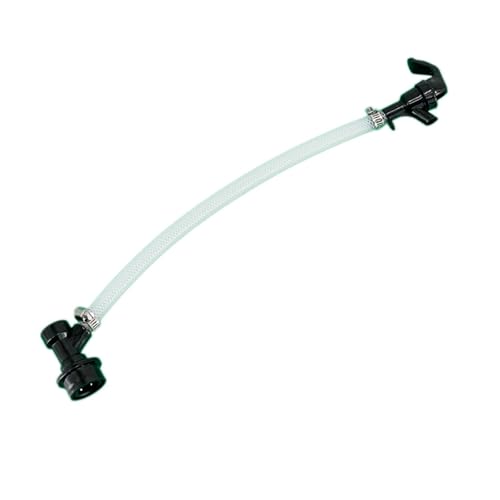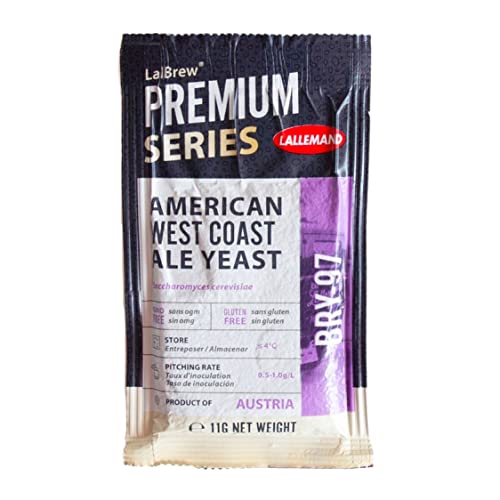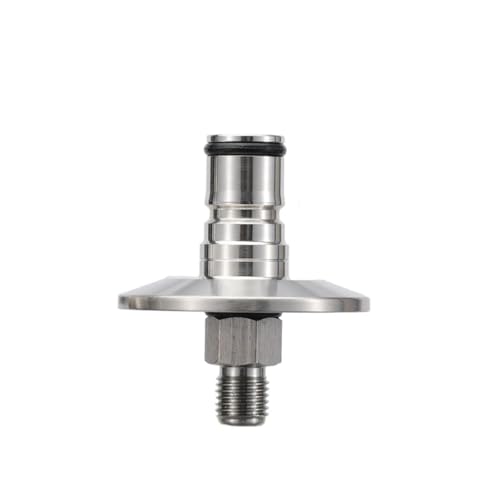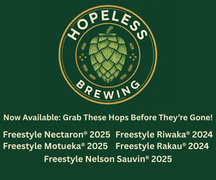I've done two Morebeer Flash Brews now, and both have tasted too sweet.
I'm pretty new to homebrew so I'm not sure if I'm doing something wrong or if this is just how they taste. The aroma is sweet too like a strong citrusy smell. Both beers have attenuated well. This last one was the Cali Mountain Pale Ale, and I also added a pound of Dextrose to try to boost the alcohol up, and added more hops because I'm making this more of an IPA, but here's where the strange part starts:
Hydrometer at start: 1.050
Hydrometer at end: 1.007
Which is 5.6% and 85% apparent attenuation.
The kit claims it should end at 5.6% *without* the pound of Dextrose I added, so that's weird. I was expecting something like 6.5% ABV with that in there. My fermenting was started at 68F and dropped down to 64 over a few days. Everything was temperature controlled in a fermzilla with a hop bong on top, I added just the 1oz of Cascade on day 3, and dumped trub on day 6 via the bottom airlock. When I got down to 1.008 on day 9 I boosted the temp up to 68F for 4 days for the diacetyl rest, and then down to 62F, when I dry hopped 1oz citra, 1oz mosaic, and 2oz nelson via the hop bong for no o2 ingress. It's now day 17 and it's down to 1.007 and I figure it should be done now, but I've got this same sweet smell and taste and I'm pretty frustrated. The water wasn't treated other than running through a filter, and the salts here are very minimal.
The first Flash Brew kit I made I just followed the directions and didn't do anything different and it still came out with the same sweet taste and smell, even without my Dextrose doping. I've heard people talk about a "homebrew taste" before and maybe that's what this is? In any case, how do I get rid of that?








![Craft A Brew - Safale S-04 Dry Yeast - Fermentis - English Ale Dry Yeast - For English and American Ales and Hard Apple Ciders - Ingredients for Home Brewing - Beer Making Supplies - [1 Pack]](https://m.media-amazon.com/images/I/41fVGNh6JfL._SL500_.jpg)
















































